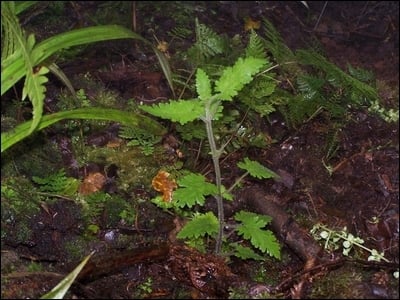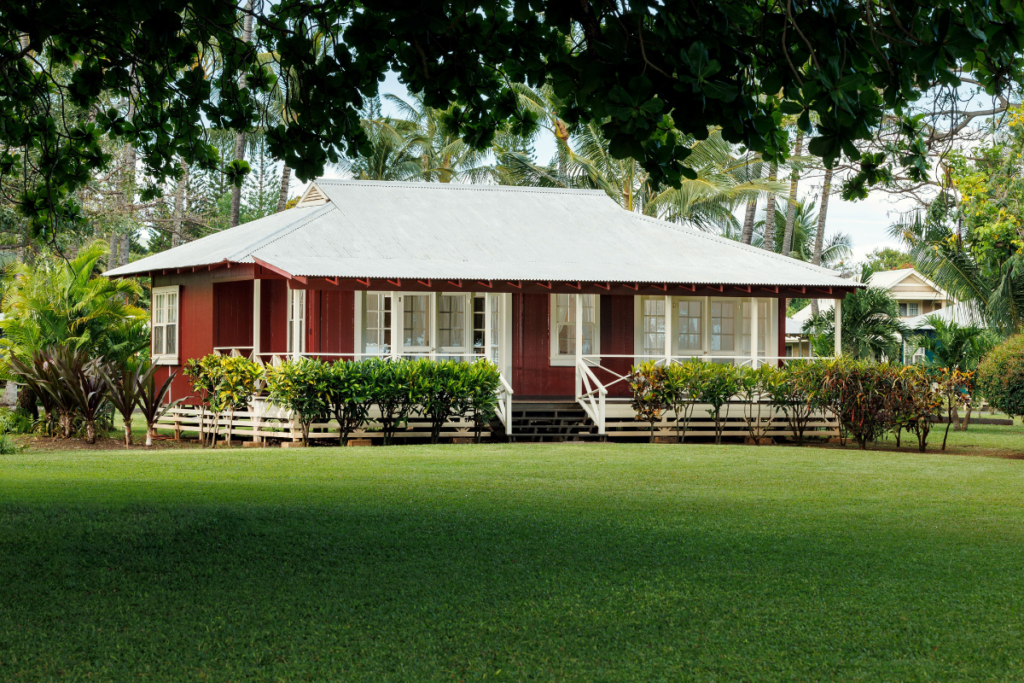Obama administration adds Hawaii vine to endangered species list

A rare Molokai vine has been added to the federal endangered species list this week—the first plant to receive the designation from the Obama administration.
Phyllostegia hispida can only be found in the thick, damp forests of eastern Molokai, 2,300 to 4,200 feet above sea level. The vine is distinguishable by its loosely spreading branches that often tangle into a large mass.
The vine is the latest on Hawaii’s list of 329 federally protected endangered species—the most of any state in the U.S.
Only 10 individual plants of the vine had been spotted in the wild between 1910 and 1996, according to the U.S. Fish and Wildlife Service. The vine is so seldom seen that it doesn’t have a common or Hawaiian name.
Feral pigs and competition from nonnative plants constantly threaten the plant. But the vine’s biggest hazard is its low population numbers, which put it at greater risk to natural disasters like hurricanes and disease.
Great strides are being made to boost Phyllostegia hispida’s numbers. 10 new wild plants were discovered within Puu Alii Natural Area Reserve—one of two federal natural area reserves on Molokai—last April.
Seeds and cuttings from those plants are being propagated at the University of Hawaii’s Lyon Arboretum in Oahu’s Manoa Valley, Kauai’s National Tropical Botanical Garden-run McBryde Garden and Molokai’s Kalaupapa National Historical Park. The specimens will eventually be reintroduced into the wild, according to the Fish and Wildlife Service.
Meanwhile, the state’s Department of Land and Natural Resources have erected fences in areas around Molokai to protect the vine from wild pigs and other ungulates.


